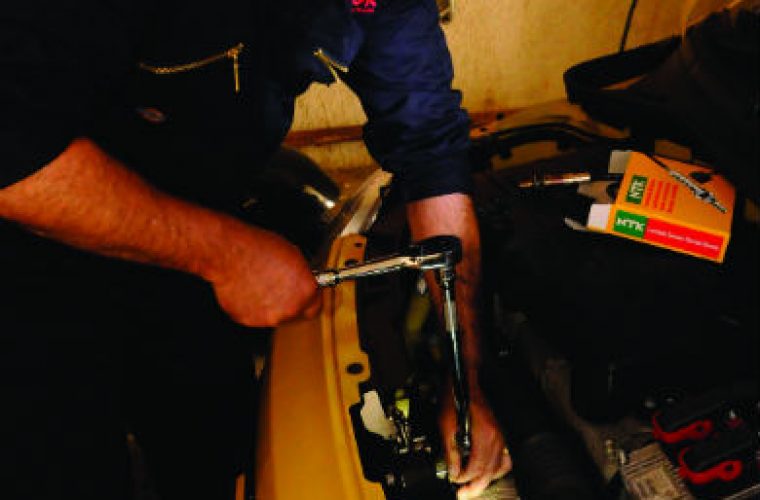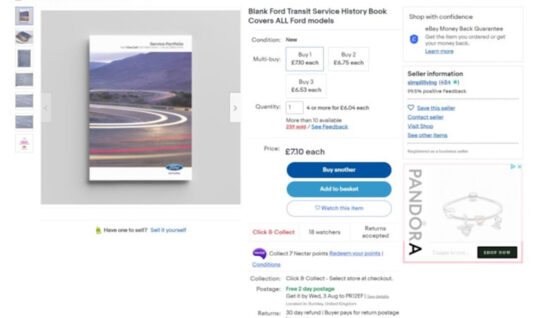A worn or failed sensor can result in drastically reduced control of the fuelling system which could lead to increased fuel consumption, uneven running, general poor performance or failure of an emission test.
NGK recommends that the function of the sensor is checked every 20,000 miles or annually.
The emissions check as part of the current MOT test samples the exhaust gases to monitor the efficiency of the engine, exhaust system and engine control systems.
The Lambda sensor is a vital part of this system and its function is therefore influenced by many other components.![]()
Lambda malfunction
A malfunction of an associated part may directly affect the performance of a sensor.
An oscilloscope and gas analyser is a much more accurate way of assessing sensor performance than relying on fault codes alone.
Garages need to look for slow response times, output range and heater function.
Contaminants from poor quality oils and fuel which remain in the exhaust gases can become deposited on the sensor element affecting its operation.
Even coolant from a leaking head gasket can reach the element.![]()
Universal’ or ‘Bespoke’ Lambda sensors
A ‘universal’ Lambda sensor is designed to cover as many applications as possible by splicing in the connector from the unit being replaced.
As such, the potential for a mismatch with the vehicle’s system or subsequent premature failure is very high.
Apart from the more obvious choices of number of wires and whether it’s a zirconia or titania type there are several base sensor designs to be considered with differing characteristics including heater element performance, response time performance and even internal electrical grounding.
Once the correct choice has been made garages need to worry about making sound electrical connections and ensuring that they marry the lead wires correctly.
Sensor manufacturers’ wiring colours differ so technicians cannot always simply join the matching colours.
Soldering the leads together is out of the question as they may need to ‘breathe’ through the tiny gaps in the lead wires and poor quality crimping can lead to water or oil ingress which can damage the sensor or affect its performance.![]()
NTK Lambda sensors
NGK is the world’s largest manufacturer of Lambda sensors and supplies a comprehensive range of Lambda sensors to the UK aftermarket under the NTK brand name.
Mark Hallam, NGK marketing manager, said: “NTK Lambda sensors always match the vehicle manufacturers’ specifications.
“All are factory tested as part of the VMs’ specification.
“They have OE connectors as standard, so no crimping or soldering is required.
“Our NTK NOx and EDTS sensor ranges also offer the same benefits.”
To find out more about the latest products and to view the NGK interactive e-learning facility, click ‘more details’ below.








